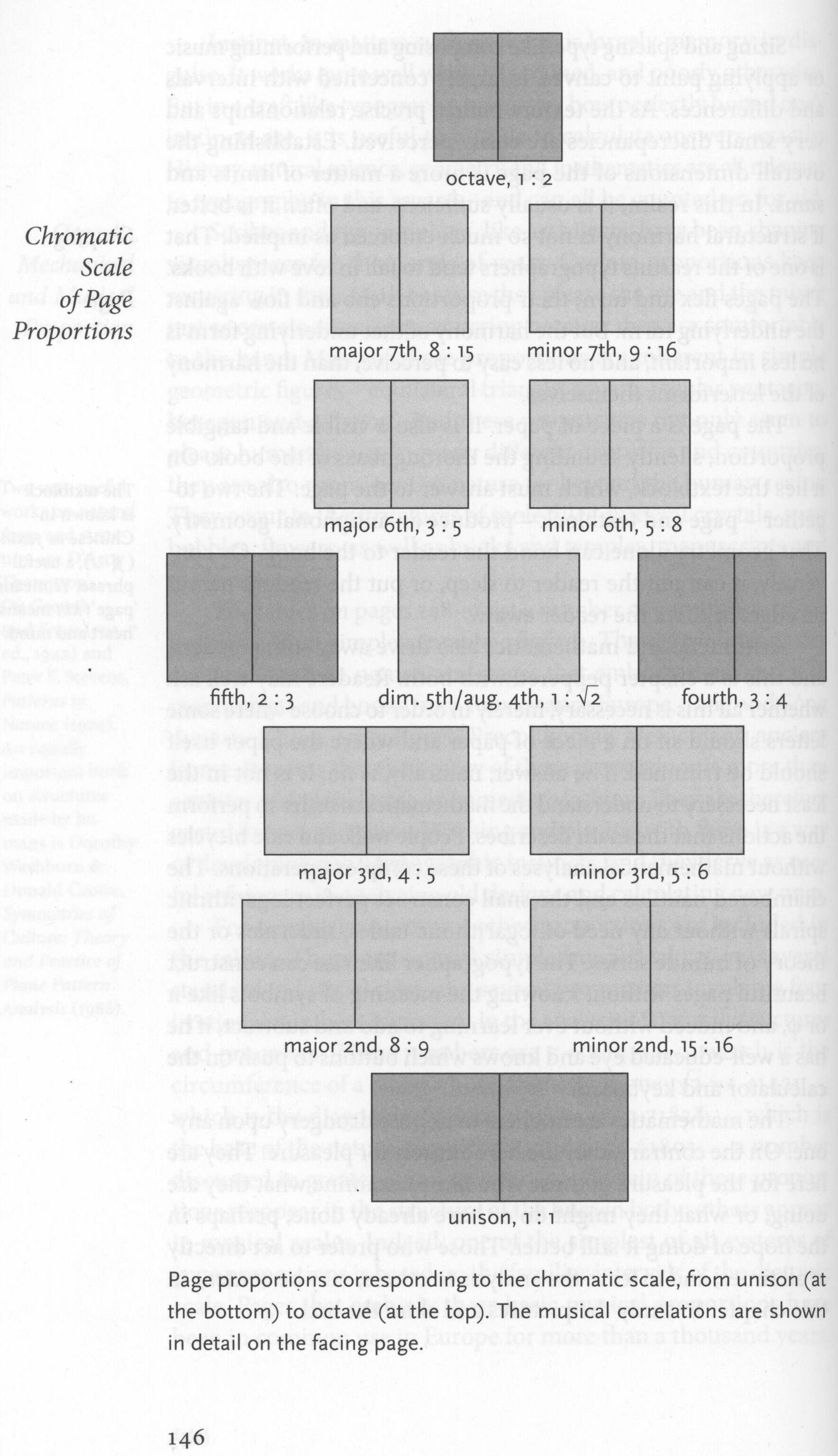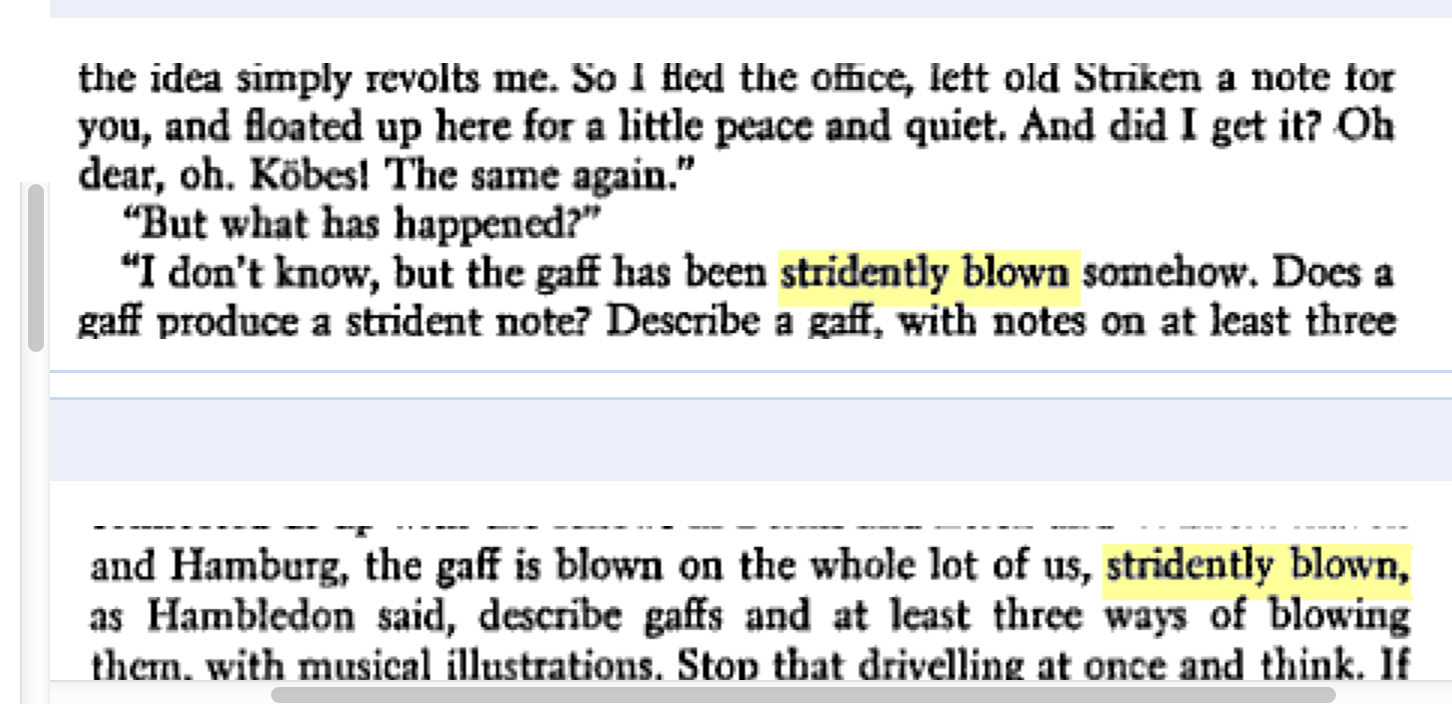Herewith a summary digest of one of those wonderfully cross-pollinating collisions, a bibliophile’s shaggy dog story, with musical flourishes:
I’ve been reading Robert Bringhurst’s The Elements of Typographic Style, one of those books that far too few people know of, and that just about ANYbody’s life would be vastly enhanced by contact with (the original recommendation thanks to Kate, who has a nose for such books besides being herself a witty typographer), and I got to this passage:
Sizing and spacing type, like composing and performing music or applying paint to canvas, is largely concerned with intervals and differences. As the texture builds, precise relationships and very small discrepancies are easily perceived. Establishing the overall dimensions of the page is more a matter of limits and sums. In this realm, it is usually sufficient, and often it is better, if structural harmony is not so much enforced as implied. That is one of the reasons typographers tend to fall in love with books. The pages flex and turn; their proportions ebb and flow against the underlying form. But the harmony of that underlying form is no less important, and no less easy to perceive, than the harmony of the letterforms themselves.
This page is a piece of paper. It is also a visible and tangible proportion, silently sounding the thoroughbass of the book. On it lies the textblock, which must answer to the page, The two together – page and textblock – produce an antiphonal geometry. That geometry alone can bond the reader to the book. Or conversely, it can put the reader to sleep, or put the reader’s nerves on edge, or drive the reader away. (p. 145)
Now, I’m a sucker for musical analogies, so this piqued my interest. And then I turned the page, and here’s what most stridently blew my mind:

The beauty and economy of this bridge between page layout and musical intervals gives me gooseflesh. “Stridently,” I thought. “Most stridently.”
The phrase “stridently blown” has been with me for 50-odd years, since I first read it in Manning Coles’ Drink to Yesterday. Turns out it’s not common parlance, at least as said parlance is reflected in what Google knows. I searched books.google.com and got these truncated passages:

So I trekked out to the barn, where the auxiliary library reposes, and found my copy of Drink to Yesterday, and so completed the passage:
…the gaff has been stridently blown somehow. Does a gaff produce a strident note? Describe a gaff, with notes on at least three different methods of blowing it…
I won’t go on to describe what I found via Google search for the phrase “describe a gaff” but suffice it to say my knowledge has been stridently augmented.
I was led to wonder why shaggy dog, and so I discovered and [need I even say?] ordered via Amazon Eric Partridge’s The ‘Shaggy Dog’ Story: Its Origin, Development and Nature (with a few seemly examples) (1953). Should be here in a week or so.
And so it goes….
Pingback: Chromatic Scale of Page Proportions – Adam Croom's Wikity